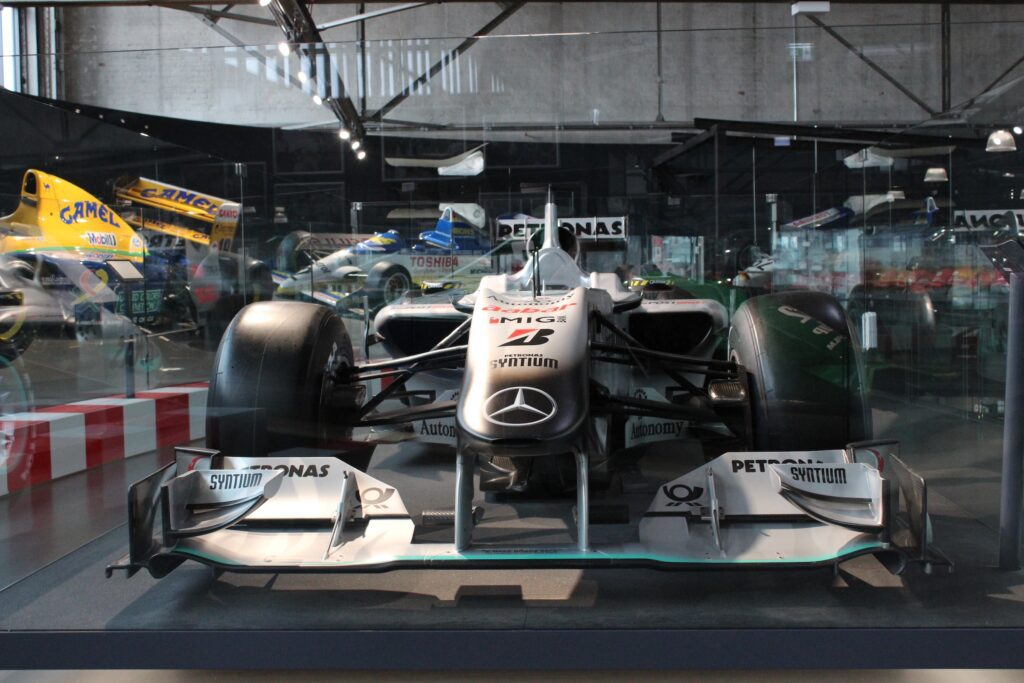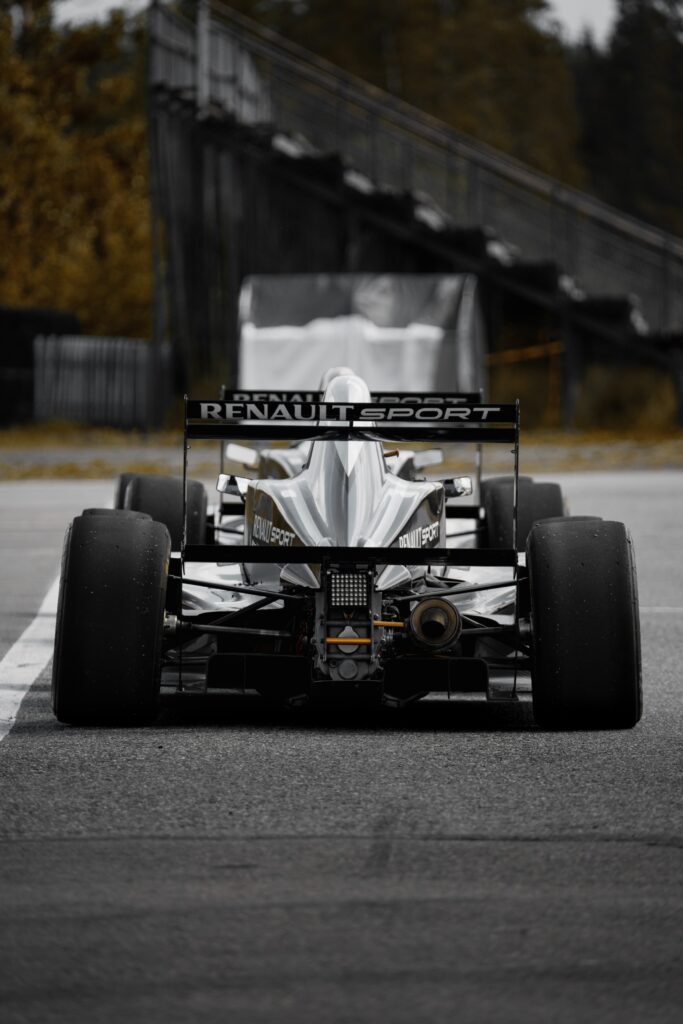Formula 1 Insider Insights: Exploring 4 Rules That Steer Driver Behavior
Formula 1 racing is a captivating blend of speed, skill, and precision. While the on-track action is the focal point, the sport operates within a carefully constructed framework of rules and regulations that govern everything from technical specifications to driver conduct.

Beyond the well-known regulations like engine specifications and race formats, there are some lesser-known rules that Formula 1 drivers must adhere to.
Driver Weight and Car Minimum Weight
Formula 1 cars have a minimum weight requirement, including the driver. This rule ensures fairness and equal opportunity for all drivers, regardless of their physique. Drivers who weigh less might need to add ballast to meet the minimum weight requirement, which can be strategically positioned in the car to optimize balance and performance.
Radio Communication Limits
Communication between drivers and their teams is essential, but Formula 1 has put limits on radio communication to enhance the strategic aspect of the race. Drivers cannot receive assistance on things like braking points, tire management, and other performance-related instructions. This emphasizes the driver’s skill in decision-making during high-pressure moments.
Parc Fermé Rules
After qualifying and before the race, cars enter a “parc fermé” condition, where limited changes are allowed. This prevents teams from making significant modifications that could provide an unfair advantage. Even something as small as adjusting tire pressures or altering the setup becomes a challenge within the strict parc fermé regulations.

Driver Restarts after Red Flags
When a race is halted due to a serious incident or extreme weather conditions, a red flag is shown. During the subsequent restart, drivers are required to line up in a single file on the grid based on their positions at the time of the red flag. This rule eliminates any potential for tactical maneuvering or overtaking, ensuring a fair and orderly restart.
In the world of Formula 1, where milliseconds can make the difference between victory and defeat, these lesser-known rules play a vital role in maintaining the integrity and competitive spirit of the sport.
